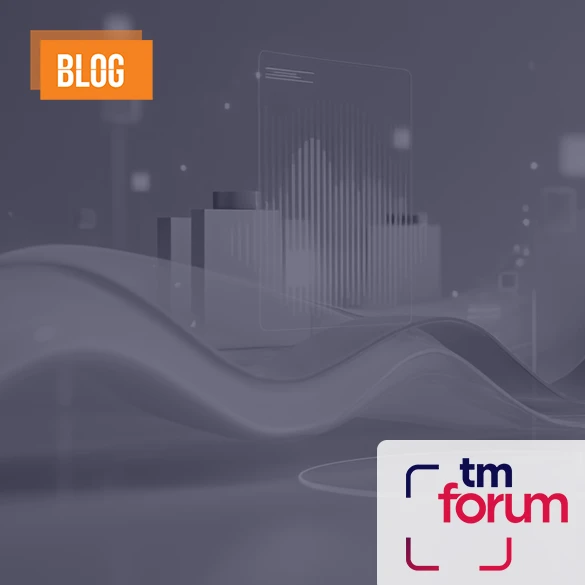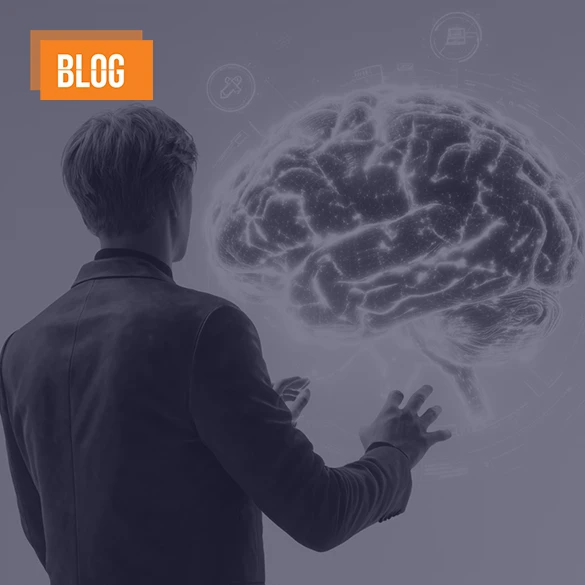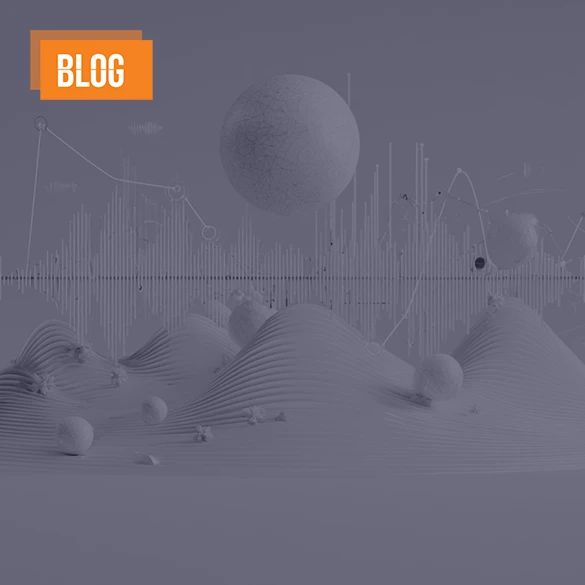Having my own digital twin, a living thing in a data center?


It’s been quite long time since I published my last article. As promised, this time I want to talk about a very important issue of today: The Human Centric Digital Twin, specifically the Digital Twin of Customer(DToC).
In the ever-evolving landscape of digital transformation, the motivation for leveraging cutting-edge technologies goes beyond answering the questions starting with "how" to include the more fundamental "why." How will it serve customers? How will it affect revenue? These are valid, essential questions. Yet, innovation does not start only with those questions; it begins with "Why" and even "Why not." Digital Twin is one of the strongest examples of this mindset. The early conceptual foundations of the Digital Twin concept were initiated by NASA. During the Apollo Program in the 1960s and 1970s, NASA used physical replicas of the spacecraft to simulate and troubleshoot issues. This practice created a “why not” idea of creating precise models to predict and solve problems without venturing thousands of kilometers into space.
This "why not" has initiated one of the cutting-edge technologies today. The formalization of the concept, especially covered by Dr. Michael Grieves in the early 2000s, gained significant momentum with the advent of the Internet of Things (IoT). IoT has significantly boosted our ability to create and utilize Digital Twins in various applications globally. Yet, in this article, I will focus on the Digital Twin of Customer (DToC) approach and explore more “why not”s and how to utilize it in decision intelligence.
According to Strategic Market Research (link to Using digital twins to improve the customer experience), the global digital twin market is expected to grow from $35.2 billion in 2022 to $158.1 billion by 2030*. With a base hub covering a set of models, you can generate and operate a digital twin of anything since data is crucial. Most vendors and use cases focus on network simulation, orchestration, and IoT sensor-focused applications, which remain the top use cases globally. However, starting with the question of “why not,” at Etiya, we are one of the pioneers worldwide in applying Digital Twin to Personas in the BSS layer with the DToC approach.
Human-centric applications, of course, require robust data lakes and centrality, resulting in strong insights and inputs for decision intelligence. By leveraging the Digital Twin of Customer approach, organizations can create dynamic models of their customers that evolve and adapt based on real-time data. This enables a more personalized and responsive customer experience, leading to better engagement and satisfaction.
The DToC approach allows businesses to simulate and analyze customer behaviors, preferences, and interactions, providing invaluable insights into customer journeys. This can drive more informed decision-making processes and strategic planning. For example, in customer service, a digital twin can predict potential issues and proactively address them before they impact the customer. In marketing, it can help tailor campaigns to individual preferences, increasing effectiveness and ROI. But more than that, it can provide predictive segmentations and help to generate communities which will result a great input for decision intelligence for revenue growth.
Moreover, the integration of AI and machine learning with Digital Twins can further enhance decision intelligence by identifying patterns and trends that may not be immediately apparent. This combination can lead to innovative solutions and strategies that keep businesses competitive in a rapidly changing market. At the end of the day, better decision intelligence will result better performance & financials. And companies’ successes depend on decisions. These decisions range from market selection to talent hiring to invoice payment authorization. Nearly three billion business decisions are made annually, and research results by Bain show a 95% correlation between decision effectiveness and financial performance. According to findings from McKinsey, 72% of executives report that bad decisions are as frequent as good ones, and the average S&P 500 company wastes an average of $250 million per year due to ineffective decision making(Forbes).
Onboarding Digital Twins for Decision Intelligence (DT4DI) to simulate and predict revenue streams and models before activating platforms and use cases will provide CSPs with significant insights and data-driven references. This approach will help them make better investments, enhance their competitiveness, and increase profitability by more effectively targeting consumer markets. CSPs will also be able to offer DT4DI assets and services to business, corporate, and public sector markets, thereby aiding enterprise customers in their ecosystem to improve their decision intelligence processes and practices.
As a product evangelist, discussing the benefits of Digital Twin technology is incredibly exciting. Predicting key performance indicators (KPIs) is relatively straightforward for me because we've been implementing this technology within our product portfolio for years. Observing its impact across various projects and its extensive range of use cases in the telecommunications sector truly convinces me that we are on the brink of a transformation from Digital Telco to AI-Native Telco. (Generative AI is another contributing factor, but that's a topic for another article 😊) Because higher quality and customer satisfaction is another result of such intelligence.
However, from a consumer perspective, I still find it challenging to grasp how this technology will directly enhance my life and the experience provided by my operator. This gap in understanding likely exists because many Communication Service Providers (CSPs) have yet to fully recognize the rich and comprehensive use cases that Digital Twin technology can offer their customers. Many are still primarily focused on network-related simulations.
Yet, the Digital Twin of Customer (DToC) approach has the potential to significantly aid CSPs in understanding their customers better. By enhancing the Customer 360° view with dynamic insights, CSPs can foster greater trust and closeness with their service users. This deeper understanding can lead to more personalized services, improved customer satisfaction, and ultimately, a stronger relationship between CSPs and their customers.
In conclusion, the Digital Twin of Customer approach represents a significant advancement in how we understand and interact with customers. By asking “why not” and pushing the boundaries of what is possible, we can create more intelligent, responsive, and personalized customer experiences. The potential of Digital Twins is vast, and as technology continues to evolve, so too will the opportunities for leveraging this powerful concept.








